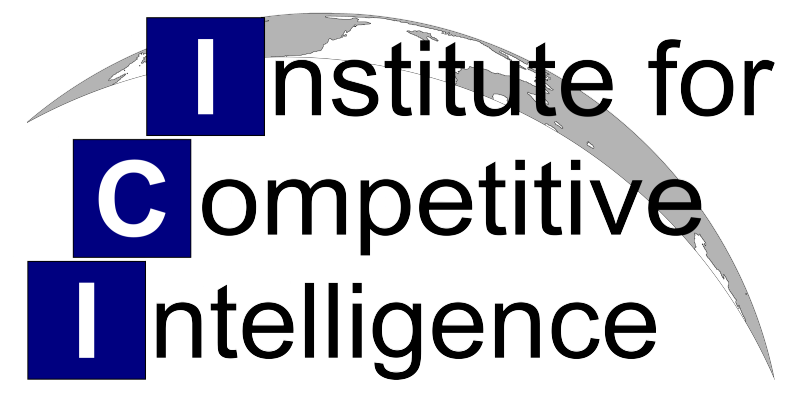Eight Ways how AI can transform your Foresight Practices

A recent overview article comprehensively describes of how AI is applied in foresight projects, supported by numerous examples and academic references. As an academic overview paper, it presents various techniques used in futures research; however, it does not provide detailed guidelines.
Wang, F. C. Collaborative Foresight in the Age of AI: A Framework for Evolving Human-AI Dynamics in Strategic Decision-Making and Futures Research.
Retrieved from ResearchGate.
Below I compiled eight categories of foresight tasks where you can immediately apply generative AI in your projects. This compilation is designed for foresight practitioners eager to begin using AI.
Eight Ways how AI can transform your Foresight Practices
1. Scenario Generation
AI enhances scenario planning by combining historical data, expert knowledge, and simulations to create diverse and plausible future scenarios. This approach, termed "Evolutionary Scenario Planning," allows researchers to test various trajectories, such as growth, collapse, transformation, or order, to explore potential futures.
2. Trend Analysis and Summarization
AI systems process vast amounts of data to identify signals (early indicators of change) and drivers (forces shaping the future). These insights are used to construct futures scenarios and understand the dynamic interactions between societal, technological, and environmental factors.
3. Backcasting
The paper emphasizes two approaches:
- Features-Centric: Focuses on identifying the characteristics of a desired future and determining the components needed to achieve it.
- Purpose-Centric: Concentrates on the functional objectives of the future state and ensures their viability over time. Effective backcasting combines both approaches to align innovation with long-term goals.
4. Futures Artifact Brainstorming
AI aids in creating tangible representations of future scenarios, such as news articles, product prototypes, or conceptual designs. These artifacts help stakeholders visualize abstract ideas and engage with potential futures more effectively.
5. Collaborative Sense-Making
AI-augmented systems act as virtual councils, synthesizing diverse perspectives and uncovering blind spots. This collaborative approach enhances decision-making by integrating insights from multiple stakeholders, including experts and grassroots communities.
6. Generating Alternative Scenarios
AI explores "what-if" scenarios by modifying historical events or decisions to understand their potential impact on the present and future. This reflective exercise highlights the importance of current choices in shaping future outcomes.
7. Trend Signal Identification
AI systems categorize and interpret large-scale data sets to highlight critical signals and drivers. This capability ensures that important information is not overlooked in complex decision environments.
8. Bias Awareness and Mitigation
The paper discusses the ethical considerations of AI, including strategies to mitigate bias and promote inclusivity. AI systems are designed to incorporate diverse perspectives, reducing the influence of individual or organizational biases in foresight analysis.
Explore more prompting strategies to implement these techniques with AI
Would you like to explore additional details and best practices on using AI for foresight?
Copy this entire article including the below prompt into your preferred AI tool to obtain detailed explanations for each category or explore the insights generated by Perplexity, which provides a solid foundation for advanced prompting in foresight.
Feel free to experiment with and refine the resulting prompts for your future foresight projects. Remember, success in AI doesn't come from a single, failsafe prompt—it thrives on innovative, adaptive strategies crafted through ongoing experimentation.
***Prompt***
Look at this article:
*** Instructions ***
Go through it step by step, i.e. category by category – Process each category in a single step and let me ask questions about the results before proceeding to the next category.
***Question***
What kind of advanced prompts strategies might be beneficial for each category. Think of advanced prompting strategies such as Step-by-Step prompting, Chain-of-Thought prompting, Tree of Thoughts, Train by Examples, and similar techniques. Propose one simple and two advanced prompts for each category.
Shortly explain the advanced prompting concept. List the technical requirements, including the AI model to use and the pricing model. Specify whether the strategy can be executed in a single prompt, if it works with free large language models (LLMs) or whether it requires subscription models with higher token limits. Indicate if the strategy requires agent-based AI, such as OpenAI’s operator, and mention any additional requirements necessary to succeed with this strategy.
Remember to let me ask questions about the results before proceeding to the next category.
***End of Prompt***
References
Dig deeper into using AI for Collaborative Foresight
Wang, F. C. (2025). Collaborative Foresight in the Age of AI: A Framework for Evolving Human-AI Dynamics in Strategic Decision-Making and Futures Research.
Retrieved from https://www.researchgate.net/publication/388837229
Get started with AI as CI/MI practitioner
Weiss A, Bill T, Michaeli R, at al. AI Challenge 2024: Redefining AI's Role in Competitive and Market Intelligence
Retrieved from
https://www.institute-for-competitive-intelligence.com/insight-center/webcast/ai-challenge-2024-redefining-ais-role-in-competitive-and-market-intelligence


